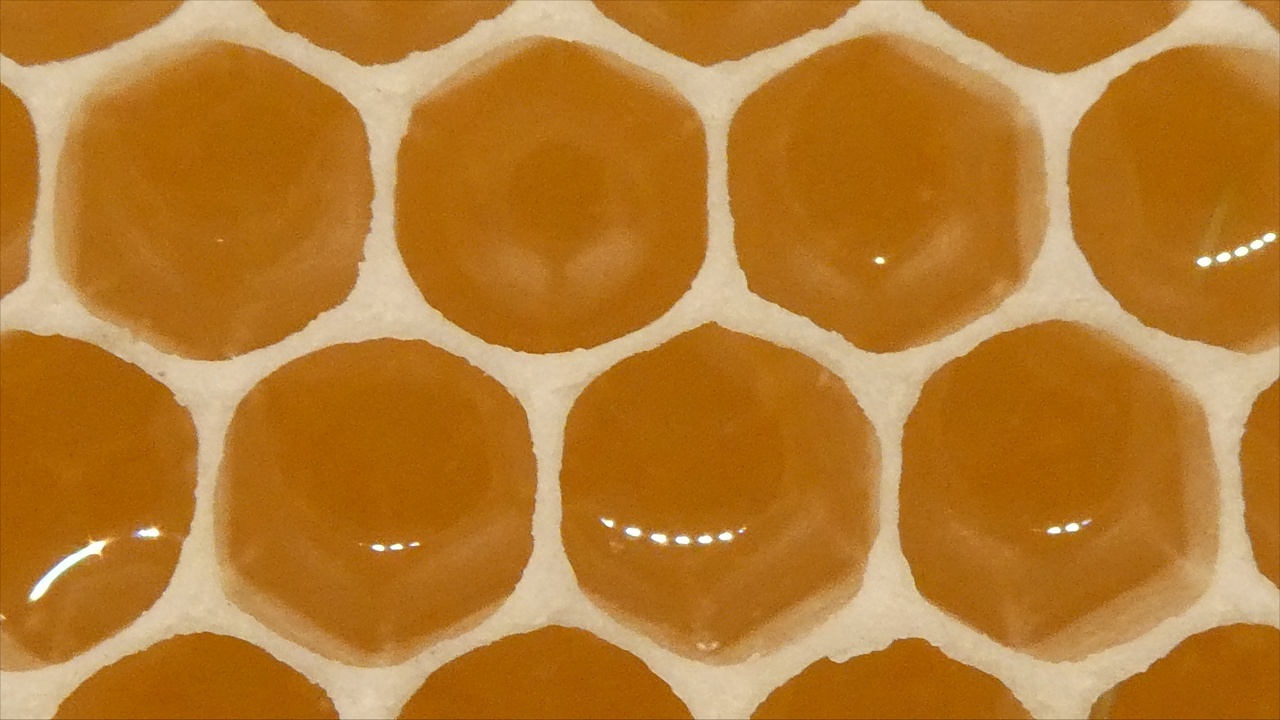Bees & Honey
Honey bees develop in four distinct life cycle phases: egg, larva, pupa, and adult. The total development time varies a bit among the three types of bees, but the basic miraculous process is the same: 24 days for drones, 21 days for worker bees, and 16 days for queens.
Workers raised during the spring or summer months may live for 6 or 7 weeks, those raised in the autumn can live 4 to 6 months.
The worker bees are all daughters of the queen and they do all the work inside the hive including cleaning the cells, feeding the larvea, feeding and taking care of the queen, building and repairing combs and processing the honey. They also collect the pollen and nectar to feed the larvae, young bees and to store as honey. Workers raised during the spring or summer months may live for 6 or 7 weeks, those raised in the autumn can live 4 to 6 months.
The male drone bees do very little work in the hive but are needed to mate with new virgin queens from other hives. Drones do not have a sting. At the most, drones may live for about 4 months, however, they may survive for just a few weeks as upon mating with a queen, drones die immediately.

It is estimated that 33% of the human food supply depends on insect pollination, most of which is accomplished by bees. Here are just a few fruits and other items that without bees you wouldn’t have:
Coffee, Strawberries, Elderberry, Beans, Tomatoes, Avocado, Mango, Cucumbers, Apples, Pears, Raspberries, Blackberries, Apricots, Cherry’s, Peaches and nectarines, Blueberries, Melons, Pumpkins and Marrow, Kiwifruit, Cashew nut and Almonds.
There would be no Carrots or celery too, as they need bees to pollinate them to produce seeds to grow more. And there would be no T-shirts or Jeans as Cotton needs bees to pollinate it!
Bees are also beneficial to crops that produce oils and margarine like Sunflower and Rapeseed.
